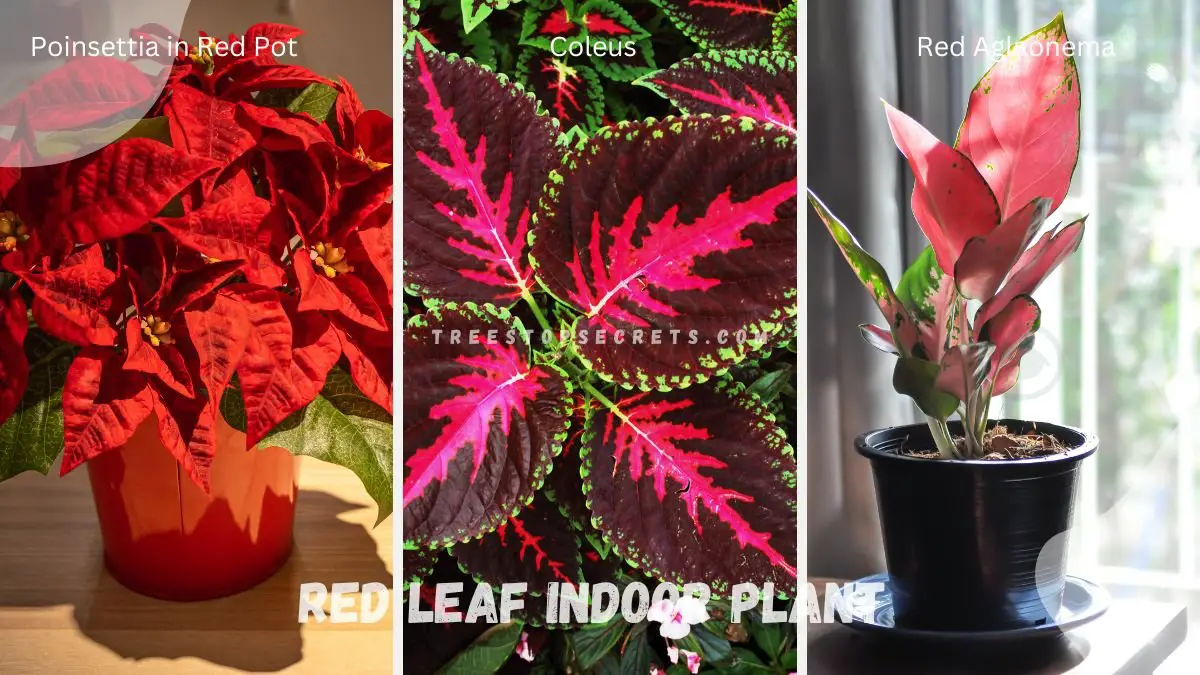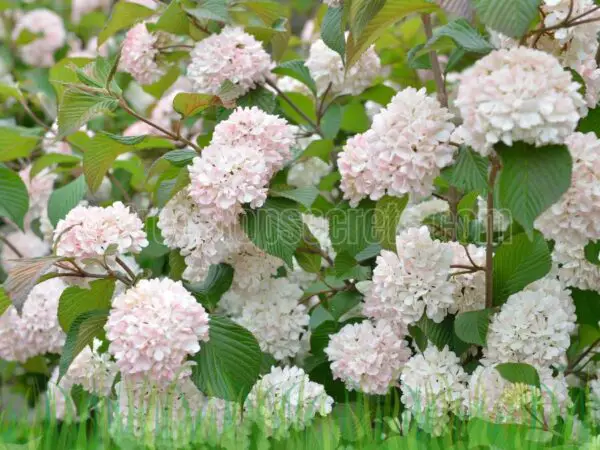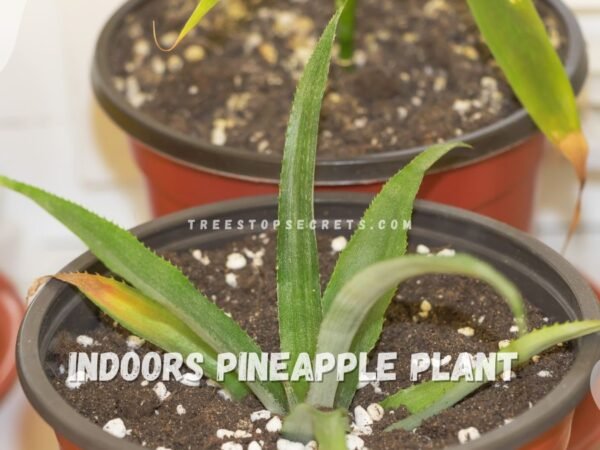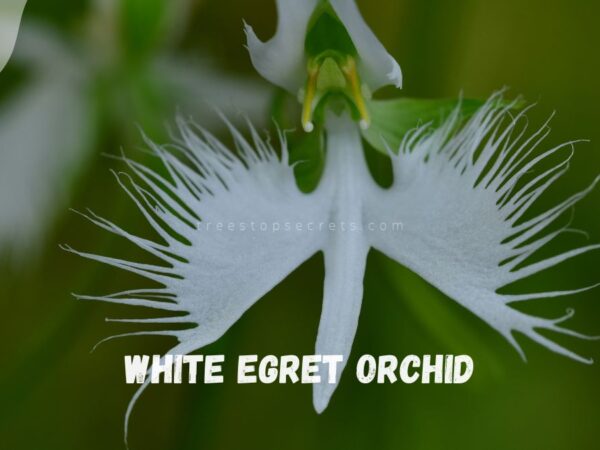Are you looking for a stunning red leaf indoor plant to enhance your home decor with colourful and vibrant houseplants? I can help! Adding plants with vibrant red leaves can bring a splash of color and a touch of nature to any indoor space. Whether you're a seasoned plant enthusiast or just beginning, choosing the right red leaf indoor plant can transform your living area into a lush and lively haven. Let’s explore various options and care tips to ensure your red leaf indoor plant thrives, adding beauty and elegance to your surroundings.
Red leaf indoor plants, such as Coleus, Begonia, and Red Aglaonema, are popular choices due to their striking foliage and relative ease of care. For example, Coleus prefers bright, indirect light and well-draining soil, while Begonia thrives in moderate light and slightly acidic soil. Red Aglaonema is known for its adaptability, tolerating low light and requiring minimal watering. Here’s a quick comparison:
| Plant | Light Requirements | Soil Preferences | Watering Needs |
|---|---|---|---|
| Coleus | Bright, indirect light | Well-draining soil | Regular, but not soggy |
| Begonia | Moderate light | Slightly acidic soil | Moderate |
| Red Aglaonema | Low to moderate light | Well-draining, peat-based soil | Minimal |
Ready to enhance your indoor space with a vibrant red leaf plant? There's a variety of indoor house plants, products, and easy care tips at a price to suit any home. Dive deeper into our comprehensive guides for more insights and recommendations!
Key Takeaways
- Choose red leaf plants for a vibrant and eye-catching addition to your indoor space.
- Care for red leaf plants by providing adequate sunlight, water, and humidity to maintain their health and appearance.
- Explore top red leaf indoor plants like the Red Aglaonema and the Rex Begonia for variety and beauty.
- Implement special care tips, such as regular pruning and monitoring for pests, to ensure your red leaf plants thrive.
- Enhance your space with styling ideas that incorporate red leaf plants for a pop of color and texture.
- Address common issues like yellowing leaves or drooping foliage promptly to keep your red leaf plants in top condition.
Why Choose Red Leaf Plants
Visual Appeal
Red leaf indoor plants stand out with their vibrant red hues, adding a striking pop of color to any indoor space. These plants come in various shades of red, from deep crimson to bright scarlet, enhancing the visual appeal of your home. The unique patterns and textures found in different varieties of red leaf plants further contribute to their aesthetic charm.
Mood Boosting
The bright red color of red leaf plants has a remarkable ability to uplift moods and create a cheerful atmosphere in any room. Surrounding yourself with these visually appealing plants can have a positive psychological impact, promoting feelings of happiness and vitality. For an instant mood boost, consider placing red leaf indoor plants in areas where they can be easily admired, such as on a windowsill or a coffee table.
Air Purifying
In addition to their visual allure, red leaf indoor plants also offer air-purifying properties. These plants are effective at removing specific toxins from indoor air, such as formaldehyde and benzene, improving the overall air quality in your home. By incorporating red leaf plants into your home decor, you not only enhance the aesthetics but also enjoy the health benefits of breathing cleaner air.
Care Basics for Red Leaf Plants
Light Requirements
Red leaf indoor plants need bright, indirect light to maintain their vibrant red color. Placing them near east or west-facing windows ensures they receive adequate sunlight. Insufficient light can cause these plants to lose their color and affect their overall health.
To keep red leaf plants thriving, it's crucial to establish a consistent light source. Rotate the plants periodically to ensure all sides receive equal light exposure. Inadequate light may lead to pale leaves and stunted growth in red leaf indoor plants.
Watering Needs
Maintaining the health of red leaf indoor plants requires moderate watering. These plants thrive when the soil is kept consistently moist but not waterlogged. Proper drainage is essential to prevent root rot caused by overwatering.
When watering red leaf plants, ensure that excess water can drain out of the pot. Consider using a moisture meter to gauge when it's time to water your plant again. Overwatering can lead to root suffocation and fungal diseases in red leaf indoor plants.
Soil and Fertilizer
Red leaf indoor plants benefit from a well-draining potting mix rich in organic matter. Incorporating perlite or sand into the soil mixture enhances drainage and aeration, promoting healthy root growth. Fertilize these plants with a balanced liquid fertilizer every two weeks during the growing season.
Fertilizers rich in nitrogen, phosphorus, and potassium support the vibrant coloration and overall development of red leaf plants. Avoid over-fertilizing, as this can lead to nutrient imbalances and damage the plant's roots. Regularly repotting red leaf indoor plants helps refresh the soil and maintain optimal nutrient levels.
Common Pests
Red leaf indoor plants are susceptible to pests such as aphids, spider mites, and mealybugs. To prevent infestations, regularly inspect both the plant foliage and soil for signs of pest activity. Treat any pest issues promptly to avoid widespread damage to your red leaf plants.
Using natural remedies like neem oil or insecticidal soap can effectively control common pests on red leaf indoor plants. Isolating infected plants can prevent pests from spreading to other nearby plants. Implementing good hygiene practices, such as cleaning plant containers and tools, can also help deter pest infestations.
Top Red Leaf Indoor Plants
Poinsettia
Poinsettias are popular red leaf indoor plants known for their vibrant bracts that resemble flowers. These plants require bright, indirect light to thrive and should be watered when the top layer of soil feels dry. To ensure longevity and vibrant color, it is essential to avoid overwatering and place them away from drafts and heating vents.
Bloodleaf
Herbst’s bloodleaf plant features distinctive red leaves that add a bold touch to any indoor space. Maintaining the plant's vibrant color requires placing it in bright, indirect light. The red leaf veins of the Bloodleaf plant provide a striking contrast against the dark green foliage, creating an eye-catching display in any room.
Polka Dot Plant
The Polka Dot Plant is renowned for its red-green leaves, adding a pop of color to indoor spaces. With various varieties available, each boasting different colored spots, these plants offer versatility in design. To keep Polka Dot Plants healthy and vibrant, ensure they receive bright, indirect light and maintain consistent moisture levels in the soil.
Nerve Plant
Nerve Plants like 'Red Anne' feature unique green and red leaves with prominent red veins that make them visually appealing. These plants require high humidity levels to thrive indoors. Caring for Nerve Plants involves keeping the soil consistently moist without allowing it to become waterlogged, ensuring the plant's distinct appearance is preserved.
Unique Varieties Explored
Cordyline
Cordyline, a palm-like plant, boasts red or pink leaves that add a vibrant touch to indoor spaces. Popular varieties include Cordyline australis 'Red Star' and Cordyline fruticosa 'Tango'. To care for Cordyline plants, ensure they receive adequate sunlight, water, and well-draining soil for healthy growth and vivid foliage.
Oyster Plant
The Oyster Plant features green leaves with crimson to burgundy undersides, originating from Central America with its distinctive coloration. For optimal growth and color maintenance, place Oyster Plants in bright, indirect light, water them moderately, and maintain high humidity levels.
Radiator Plant
Radiator Plant 'Luna Red' showcases wrinkly, heart-shaped, deep red leaves and belongs to the genus Peperomia. Care instructions for Radiator Plants involve providing moderate light, allowing the soil to dry between watering sessions, and avoiding over-watering to ensure lush foliage.
Angel Wings
Angel Wings plants stand out with their variegated leaves, with specific varieties like Caladium 'Valentina' featuring red leaves and dark green veins. To support the growth and color patterns of Angel Wings plants, maintain consistent moisture levels in the soil, provide bright indirect light, and avoid exposure to direct sunlight.
Special Care Tips
Earth Star Care
Earth Star plants belong to the bromeliad family and are known for their red-leaved varieties like 'Ruby Red,' 'Pink Starlite,' or 'Red.' These plants require indirect sunlight and should be watered directly into their central cup to prevent root rot.
To care for Earth Star plants, it is essential to maintain a humidity level of around 50-60%. Avoid using fluoridated water as it can harm the plant. Fertilize the plant with a diluted liquid fertilizer every two months during the growing season.
- Pros:
- Unique and vibrant red leaves
- Easy to maintain indoors
- Cons:
- Sensitive to direct sunlight
- Requires specific watering techniques
Calathea Care
Calathea plants require specific care to thrive indoors, especially the red leaf variations. These plants are known for their unique characteristics, including decorative foliage patterns and vibrant colors.
To ensure the well-being of Calathea plants, maintain a consistent watering schedule to keep the soil moist but not soggy. These plants prefer indirect light and thrive in high humidity environments. Use a pebble tray or humidifier to increase moisture levels.
- Key Points:
- Avoid cold drafts and temperature fluctuations
- Regularly clean the leaves with a damp cloth to remove dust
Styling with Red Leaf Plants
Placement Ideas
Placing red leaf indoor plants near windows allows them to thrive with adequate sunlight. Opt for corners or shelves to create a striking focal point. Consider hanging baskets for a unique touch.
To enhance the aesthetics of your space, position red leaf plants in areas with ample natural light. Avoid direct sunlight to prevent leaf burn. Incorporate them into existing decor themes like modern or bohemian for a cohesive look.
Integrating red leaf plants into your living room can add a pop of color to neutral spaces. In bedrooms, place them on bedside tables for a calming ambiance. Utilize them in kitchens to bring life to the room.
- Utilize corners and shelves
- Opt for hanging baskets
- Position in well-lit areas
- Integrate into various rooms
Complementary Plants
Pairing red leaf indoor plants with green foliage creates a vibrant contrast. Consider combining them with spider plants or pothos for a visually appealing display. Mixing textures and colors enhances the overall look.
Different plant varieties can complement each other by creating a balanced indoor garden. Pairing red leaf plants with peace lilies or snake plants adds depth to your indoor landscape. Experiment with various combinations for a personalized touch.
Creating harmonious indoor landscapes involves mixing complementary plant species strategically. Combine red leaf plants with rubber trees or calatheas for a diverse and visually pleasing arrangement. Play with heights and shapes for added interest.
- Spider plants or pothos
- Peace lilies or snake plants
- Rubber trees or calatheas
- Mix textures and colors
Troubleshooting Common Issues
Leaf Discoloration
Leaf discoloration in red leaf indoor plants can indicate nutrient deficiencies or overexposure to sunlight. Yellowing leaves may suggest a lack of nitrogen, while brown spots could signal potassium deficiency. To address these issues, consider adjusting the plant's lighting conditions and fertilizing with a balanced formula.
- Nutrient deficiencies or overexposure to sunlight can cause leaf discoloration.
- Symptoms include yellowing leaves (nitrogen deficiency) and brown spots (potassium deficiency).
- Adjust lighting conditions and use balanced fertilizer to combat leaf discoloration.
Dropping Leaves
Leaves dropping from red leaf indoor plants may result from environmental factors, watering problems, or pest infestations. Overwatering can lead to root rot and subsequent leaf drop, while pests like spider mites can cause foliage loss. To prevent this, ensure proper drainage and regularly inspect for pests.
- Environmental factors, watering issues, or pest infestations can cause leaf shedding.
- Overwatering may lead to root rot and subsequent leaf drop.
- Regularly inspect for pests like spider mites to prevent foliage loss.
Growth Problems
Common growth problems in red leaf indoor plants include stunted growth, wilting, or a leggy appearance. Improper watering, inadequate light, or poor soil quality can contribute to these issues. To promote healthy growth, adjust watering frequency, ensure adequate sunlight exposure, and repot the plant if necessary.
- Stunted growth, wilting, or a leggy appearance are common growth problems.
- Issues stem from improper watering, inadequate light, or poor soil quality.
- Adjust watering frequency, provide adequate sunlight, and repot as needed for healthy growth.
FAQs on Red Leaf Plants
Best Varieties for Beginners
When starting with red leaf indoor plants, consider the following beginner-friendly options:
- Red Aglaonema: Known for its striking red and green leaves, it thrives in low light conditions.
- Coleus: Vibrant red foliage with various patterns, perfect for adding color to indoor spaces.
- Rubber Plant: Easy to care for, with dark red leaves that add a touch of elegance to any room.
For novice plant enthusiasts, these varieties offer low-maintenance beauty and are resilient to common issues. Care requirements typically include regular watering and indirect sunlight exposure.
Handling Pests and Diseases
To safeguard your red leaf indoor plants from pests and diseases, implement the following strategies:
- Fungal Infections: Ensure proper air circulation and avoid overwatering to prevent fungal growth.
- Aphids: Use insecticidal soap or neem oil to eliminate aphids from your plants.
- Spider Mites: Regularly mist your plants to increase humidity and deter spider mites.
Early detection is key to addressing pest infestations promptly. By regularly inspecting your plants' leaves and stems, you can identify issues before they escalate. Treatment options include natural remedies or commercial products designed to target specific pests.
Proactive measures such as quarantining new plants before introducing them to your collection can help prevent the spread of pests. Maintaining a clean environment by removing dead leaves and debris reduces the risk of diseases affecting your red leaf indoor plants.
Summary
In caring for your red leaf indoor plants, you've learned why they are a fantastic choice, the basics of their care, top varieties to consider, unique options available, special care tips, styling ideas, and how to troubleshoot common issues. Remember to provide consistent watering, adequate sunlight, proper drainage, and occasional pruning to keep your red leaf plants thriving. Share your newfound knowledge with fellow plant enthusiasts and continue exploring the world of indoor gardening. Keep nurturing your red leaf plants and watch them grow into stunning additions to your indoor space.
Frequently Asked Questions
What are the benefits of having red leaf indoor plants?
Red leaf indoor plants add a pop of color to your space, purify the air, and create a vibrant atmosphere. They are easy to care for and come in various unique varieties to suit different preferences.
How often should I water my red leaf indoor plants?
Water your red leaf indoor plants when the top inch of soil feels dry. Ensure good drainage to prevent overwatering, which can lead to root rot. Adjust watering frequency based on the plant's specific needs and environmental conditions.
Do red leaf indoor plants require special lighting conditions?
Red leaf indoor plants thrive in bright, indirect light. Avoid direct sunlight as it can scorch their leaves. Place them near windows with sheer curtains or in well-lit areas indoors to maintain their vibrant foliage.
How can I prevent common issues like yellowing leaves on my red leaf plants?
Yellowing leaves on red leaf plants can be a sign of overwatering, nutrient deficiency, or inadequate light. Ensure proper watering practices, provide balanced fertilizer occasionally, and adjust lighting conditions to keep your plants healthy and green.
Can I propagate my red leaf indoor plants?
Yes, you can propagate red leaf indoor plants through methods like stem cuttings or division. Follow proper techniques such as using a sharp, sterile tool, providing adequate moisture, and placing the cuttings in a warm, humid environment to encourage successful propagation.
Image Source: Paid image from CANVA





